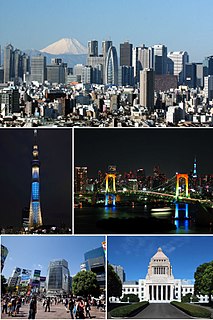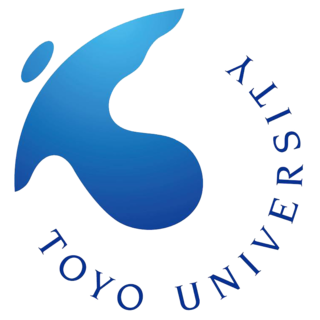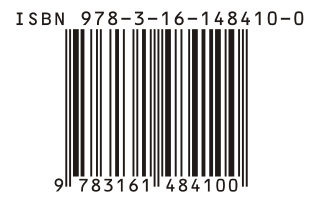Toshikazu Ichimura (born December 12, 1941) [1] is a Japanese aikido teacher who lived in Sweden from 1966 to 1986, and was the teacher responsible for aikido in Sweden during this time. He also was the responsible teacher in Denmark and in Finland, had importance for the development of iaido in these three countries, and was the first to give aikido demonstrations in Finland. Ichimura holds 6th dan in the aikido organisation Aikikai, a rank he received in 1977, and 6th dan renshi in iaido since 1969. Besides, and in connection to, his teaching in Japanese martial arts he also taught macrobiotics and the Japanese system of sound mysticism, kototama.

Japanese people are a nation and an ethnic group that is native to Japan and makes up 98.5% of the total population of the country. Worldwide, approximately 129 million people are of Japanese descent; of these, approximately 125 million are residents of Japan. People of Japanese ancestry who live outside Japan are referred to as nikkeijin(日系人), the Japanese diaspora. The term ethnic Japanese is often used to refer to Japanese people, as well as to more specific ethnic groups in some contexts, such as Yamato people and Ryukyuan people. Japanese are one of the largest ethnic groups in the world.

Aikido[aikiꜜdoː] is a modern Japanese martial art developed by Morihei Ueshiba as a synthesis of his martial studies, philosophy, and religious beliefs. Ueshiba's goal was to create an art that practitioners could use to defend themselves while also protecting their attacker from injury. Aikido is often translated as "the way of unifying (with) life energy" or as "the way of harmonious spirit".

Sweden, formally the Kingdom of Sweden, is a Scandinavian Nordic country in Northern Europe. It borders Norway to the west and north and Finland to the east, and is connected to Denmark in the southwest by a bridge-tunnel across the Öresund, a strait at the Swedish-Danish border. At 450,295 square kilometres (173,860 sq mi), Sweden is the largest country in Northern Europe, the third-largest country in the European Union and the fifth largest country in Europe by area. Sweden has a total population of 10.2 million of which 2.4 million has a foreign background. It has a low population density of 22 inhabitants per square kilometre (57/sq mi). The highest concentration is in the southern half of the country.












